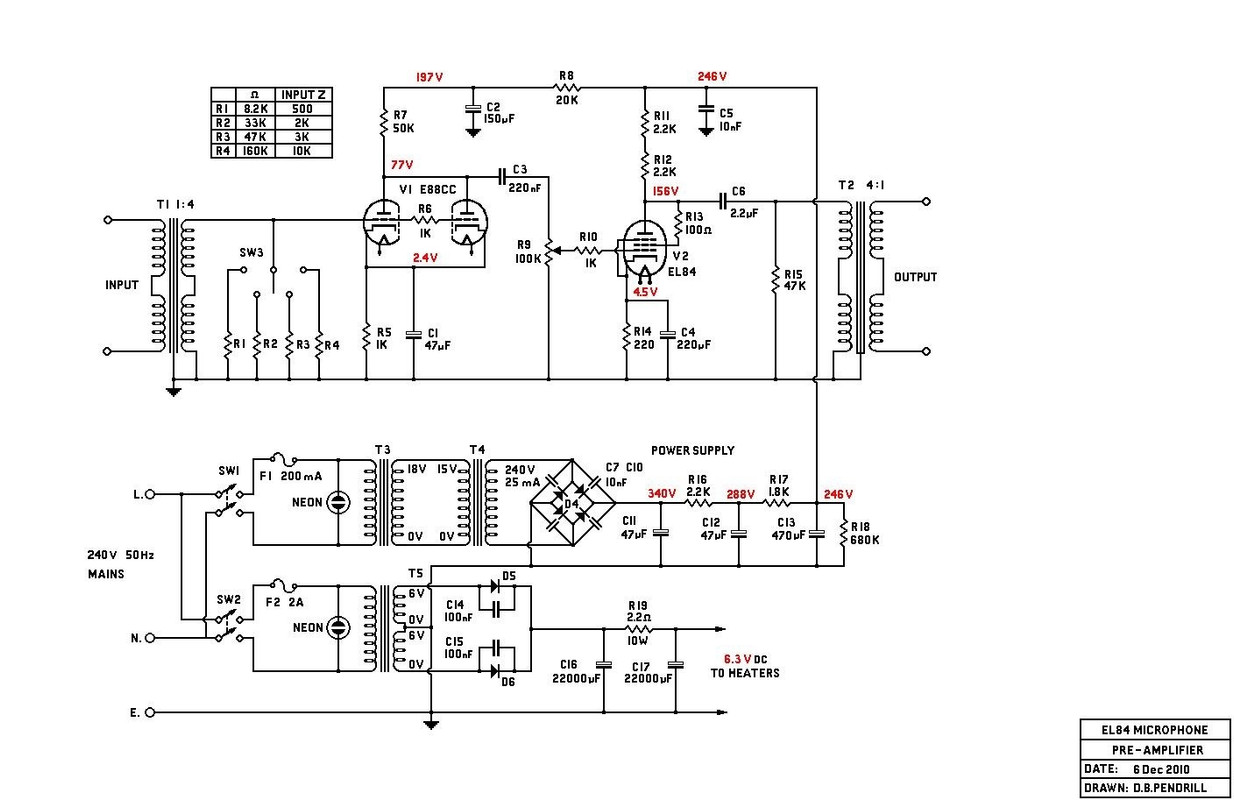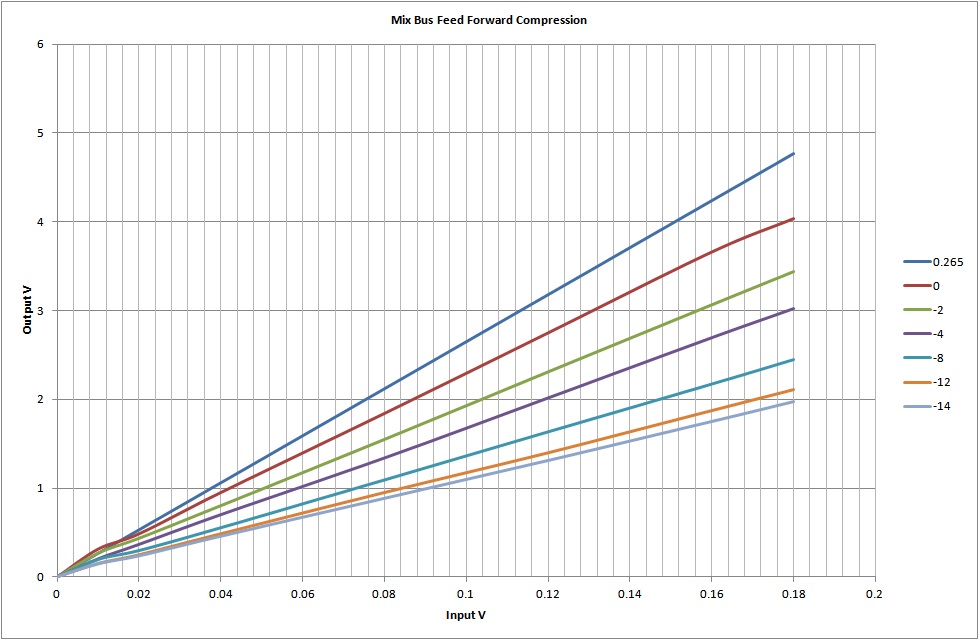Analog_Fan
Well-known member
Best to read the whole thread first. This compressor will only give around 6dB which will be fine for its intended use for the mix bus. You sound like you might need more than that and there are better designs out there than this.
With a simple power supply all you have to worry about is 50Hz and a few harmonics. Switch mode power supplies are only for the brave.
Best
DaveP
There are specialized ic's to create mathematical correct sine waves at whatever freq.
But also carry specialized datasheets!
I'll will try with a salvaged transformer from a USB charger, a shop gave me.
running in reverse, curious to know what it yields, using wien bridge osc.
salvaged transformer: there is a companies name on there, it indeed makes "complete" USB charges, even the part number refers to compete USB charger, but nothing indicated they sell transformers, so no datasheet.
in the USB charges you have the same 323V problem after bridge rect (some guy on tube showed that and told about that).
These transformers are build for that, but the catalog is really big.
Last edited:




































